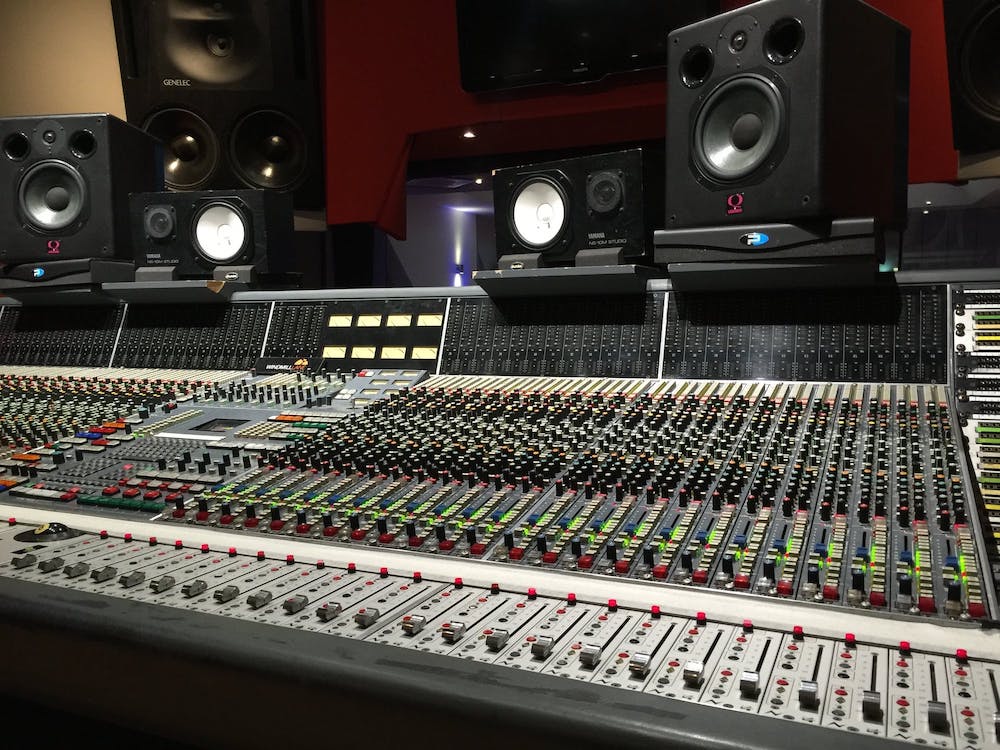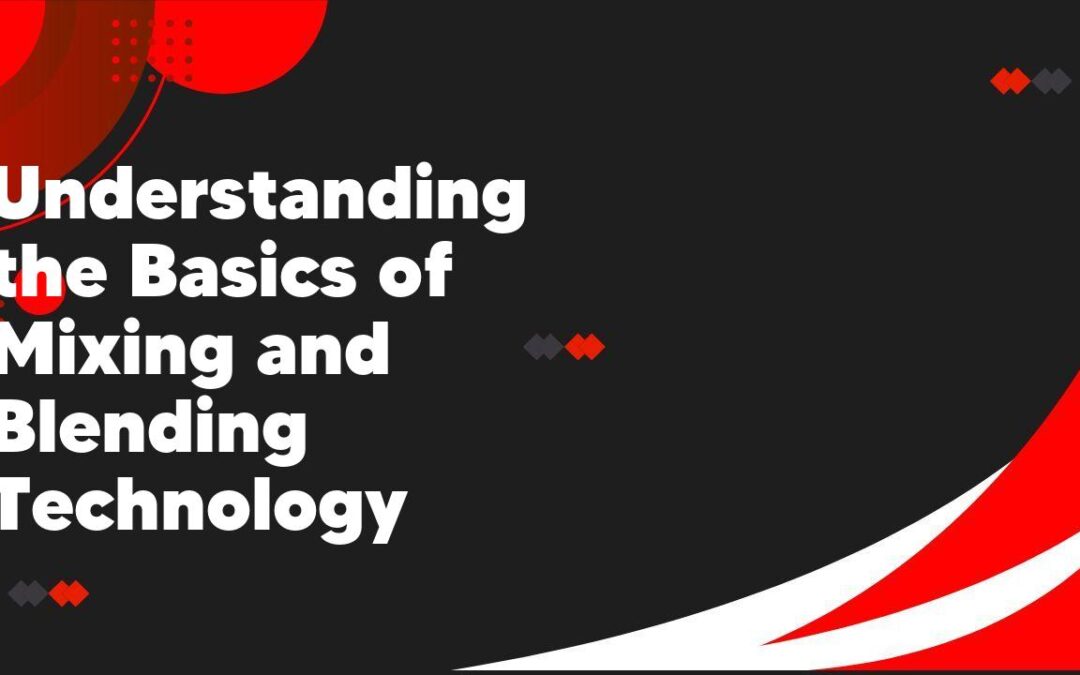In this article, we will discuss the fundamental principles of mixing and blending technology. Mixing and blending technology is essential in various industries such as food processing, pharmaceuticals, and chemical manufacturing. By understanding the basics of this technology, businesses can ensure efficient and effective product development and manufacturing processes.
1. What is Mixing and Blending Technology?
Mixing and blending technology refers to the process of combining different ingredients or substances to create a homogeneous mixture. It is a crucial process in various industries such as food and beverage, pharmaceuticals, and cosmetics. The goal of mixing and blending technology is to ensure that all the ingredients are evenly distributed throughout the mixture, resulting in a consistent and high-quality final product. This technology involves the use of different equipment and techniques, such as paddle mixers, high-shear mixers, and fluidization, to achieve the desired mixing or blending effect. By utilizing mixing and blending technology, companies can optimize their production processes and deliver products that meet the strictest quality standards.
2. The Importance of Mixing and Blending in Various Industries

Mixing and blending play a crucial role in various industries. As someone who has worked in the manufacturing sector for several years, I have witnessed firsthand the impact that proper mixing and blending techniques can have on the final product. Whether it’s the food industry, pharmaceuticals, or even cosmetics, achieving the perfect blend of ingredients is essential for ensuring consistent quality and optimal performance. Not only does it improve the overall product, but it also enhances efficiency and reduces waste. The importance of proper mixing and blending cannot be underestimated, as it directly influences the end result and customer satisfaction. Therefore, investing in advanced mixing and blending technologies is a wise decision for any industry looking to stay competitive in today’s market.
3. Different Types of Mixing and Blending Equipment
When it comes to mixing and blending ingredients, there are various types of equipment available. One common type is the mixer, which typically consists of a bowl and a set of beaters or blades. Mixers are great for combining dry and wet ingredients, such as making cake batter or mixing dough. Another popular option is the blender, which is perfect for creating smoothies, pureeing soups, or making sauces. Blenders use rotating blades to break down and blend ingredients into a smooth consistency. Additionally, there are immersion blenders, which are handheld devices used for blending smaller quantities directly in the pot or pan. These are often used for making soups or sauces right on the stove. No matter what type of mixing or blending task you have, there is surely a piece of equipment that can make your cooking experience easier and more efficient.
4. Understanding the Science behind Mixing and Blending Technology
As a scientist, I have always been fascinated by the technology behind mixing and blending. Understanding the science behind these processes is crucial in industries such as food, pharmaceuticals, and cosmetics. Mixing involves the combination of two or more substances to create a homogeneous mixture, while blending refers to the process of incorporating different ingredients to form a uniform product. Several factors are taken into consideration when designing mixing and blending equipment, including the type of materials being mixed, the desired end product, and the level of homogeneity required. By studying the principles of fluid dynamics, rheology, and mass transfer, scientists are able to optimize mixing and blending processes to ensure the highest quality products are produced efficiently.
5. Factors to Consider When Choosing a Mixing and Blending Solution
When choosing a mixing and blending solution, there are several factors I consider before making a decision. Firstly, the type of materials being mixed is crucial. Different materials may require specific mixing techniques or equipment. Secondly, the volume and batch size are important considerations as they determine the size of the mixing equipment needed. Additionally, the level of precision and control required in the mixing process should be taken into account. Some industries, such as pharmaceuticals or food processing, require highly precise mixing solutions. Lastly, the overall efficiency and reliability of the blending solution must be considered to ensure smooth and uninterrupted production. By carefully evaluating these factors, I can make an informed decision and choose the best mixing and blending solution for my specific needs.
6. Best Practices for Successful Mixing and Blending Operations
In my experience, there are a few key best practices that have contributed to successful mixing and blending operations. First and foremost, thorough cleaning and maintenance of equipment is crucial. This ensures that there is no contamination from previous batches and that the equipment is working at its optimal capacity. Additionally, having a well-trained and knowledgeable team is essential. This includes having operators who understand the intricacies of the mixing process and can make necessary adjustments as needed. Lastly, implementing quality control measures throughout the entire mixing and blending process helps to identify and solve any issues before they become larger problems. By following these best practices, my team and I have been able to consistently produce high-quality blends that meet our customers’ requirements.
Conclusion
In conclusion, mixing and blending technology plays a crucial role in various industries, from food processing to pharmaceuticals. It is important to understand the basics of this technology, such as the different types of mixing and blending equipment and the factors that affect the efficiency of the process. By implementing the right techniques and equipment, companies can improve their product quality, increase efficiency, and ultimately stay competitive in the market.
What is mixing and blending technology?
Mixing and blending technology refers to the processes and equipment used to combine different substances or components together to achieve a uniform and consistent mixture.
What are the common applications of mixing and blending technology?
Mixing and blending technology is widely used in various industries, including food and beverage, pharmaceuticals, chemicals, and manufacturing. It is used for purposes such as homogenizing ingredients, creating emulsions, blending powders, and dispersing particles.
What are the benefits of using mixing and blending technology?
The benefits of using mixing and blending technology include improved product quality and consistency, reduced production time, increased efficiency, and better control over the mixing process. It also helps to minimize waste and ensure uniform distribution of ingredients.
What factors should be considered when selecting a mixing and blending technology?
When selecting a mixing and blending technology, factors such as the properties of the substances to be mixed, desired mixing results, production capacity, and operational requirements should be considered. It is also important to evaluate the equipment’s reliability, ease of cleaning, and maintenance requirements.
What are the different types of mixing and blending equipment available?
There are various types of mixing and blending equipment available, including agitators, mixers, blenders, homogenizers, and emulsifiers. Each type of equipment is designed to meet specific mixing requirements and cater to different industries and applications.
What is the role of automation in mixing and blending technology?
Automation plays a crucial role in mixing and blending technology as it allows for precise control of the mixing process, consistent results, and increased efficiency. Automated systems can be programmed to monitor and adjust factors such as mixing speed, duration, and ingredient ratios, ensuring optimal mixing conditions and reducing the need for manual intervention.

